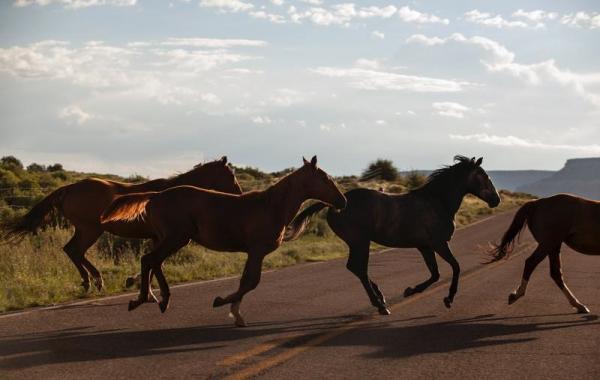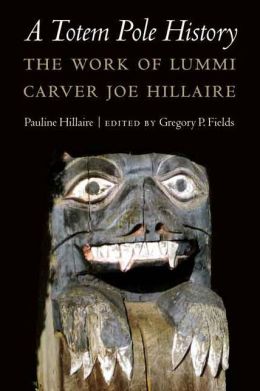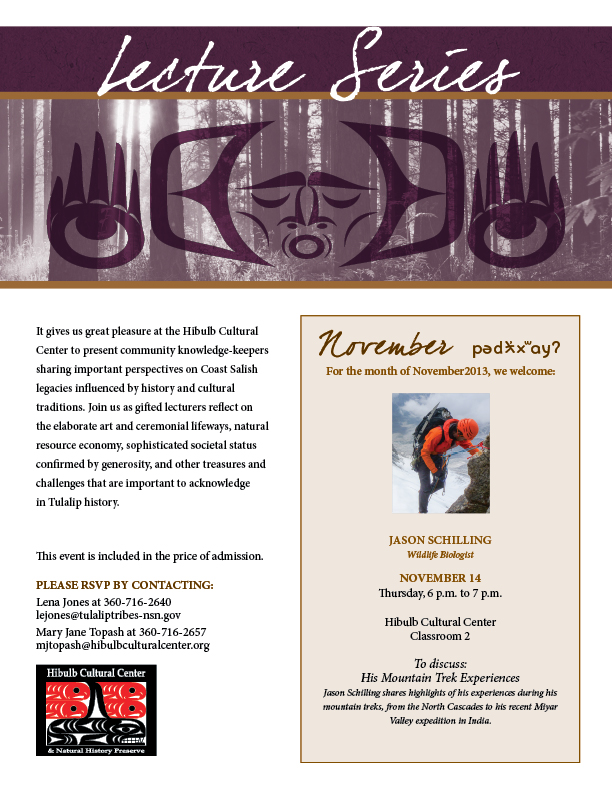By: Rob Capriccioso, Indian Country Today Media Network, November 14, 2013
The true potential of the Obama administration’s White House Tribal Nations Conference – now in its fifth year – was on display November 13 when tribal leaders were finally invited to publically criticize and question federal agency shortcomings on decisions affecting American Indian citizens.
At past conferences tribal leaders often felt frustrated that their concerns were only allowed to be offered behind closed doors and were sometimes limited to being in writing due to time constraints. Those realities led to less accountability and transparency from the administration on tribal matters, several leaders at this conference said, resulting in negative budget consequences for tribes and harm to tribal sovereignty.
Some tribal leaders have felt so stifled and controlled at previous Obama administration meetings that some who attended in the past chose not to attend this year. Edward Thomas, president of the Central Council of Tlingit and Haida Indian Tribes of Alaska, said he was concerned this conference would turn into another “photo op and publicity staged event as opposed to one where we have the opportunity to tell [the president] directly that his team in not carrying out his promises to Native Americans,” so Thomas cancelled his plans to be there. Several tribal leaders have expressed distress to the administration about the costs of travelling to Washington, D.C. for events where Indian objectives receive little attention beyond lip service.
Tribal leaders say there have been very real consequences to the past tight administrative control of these conferences. American Indian nations have often been portrayed in mainstream press reports about these conferences as mindless cheerleaders of the administration’s policies, with their criticism left without widespread attention. The reality is that many Democratic tribal leaders are strongly supportive of the president and his team, but there is a wide divergence in the beliefs of even Democratic tribal leaders when it comes to how the administration has treated tribes.
Diane Enos, president of the Salt River Pima-Maricopa Indian Community, noted in a rare public question-and-answer session with agency officials this year that there is deep mistrust among Indian citizens of the federal government due to historical injustices, so it is “scary for tribal nations to be asked to cooperate with the federal government” even given an administration that has done some positive things for tribes, including achieving a stronger tribal Violence Against Women Act and a permanently reauthorized Indian Health Care Improvement Act.
RELATED: President Barack Obama’s VAWA Law Signing Spotlights Native Women Warriors
Throughout the day-long conference this year, both in closed sessions and in ones open to the press, tribal leaders pummeled administration officials with concerns, especially regarding a plan by the administration to cap contract support costs (CSC) reimbursements to tribes, despite Supreme Court rulings calling for reimbursement. Tribal leaders said the Departments of Health and Human Services and Interior have both shirked responsibility on paying CSC settlements owed to tribes. Beyond CSC, tribal leaders balked over lacking federal support for Indian education, initiatives by the IRS to unjustly tax tribes, and the administration’s support of budgetary sequestration on tribal money that is supposed to be protected as part of the trust and treaty responsibilities the federal government has committed to tribes.
RELATED: Sen. Begich Urges Obama’s Attention on Plan to Cheat Tribal Health Costs
“We need our trustee to be worthy of our trust,” Brian Cladoosby, newly elected President of the National Congress of American Indian and chairman of the Swinomish Indian Tribal Community, told agency officials sitting on the new White House Council on Native American Affairs at one point in the day. Other tribal leaders lamented publicly that the council needs an Indian-focused director to guide its often-unwieldy work, and they said they wished the council included Native Americans because it seems paternalistic that it does not.
RELATED: Brian Cladoosby Is President National Congress of American Indians
RELATED: Obama Creates Native Council To Improve Dialogue with Indian Country
If agency leaders were unaware that tribes have multiple problems with the administration’s decisions on tribal matters before the event, they were quite clear by the end of the day. “Today was some tough love, but families need to have those conversations,” Environmental Protection Agency Administrator Gina McCarthy told tribal leaders after hearing their concerns throughout the early portion of the conference.
In response to tough budget and sequestration questions publicly raised by Juana Majel Dixon, a longtime leader with the Pauma Band, Cecilia Muñoz, director of the White House Domestic Policy Council, said the next budget process is underway now, and “everybody has their eye on what’s happening in Indian country.” Dixon responded that Indian country needs to have a Native American leader at the Office of Management and Budget’s table in order to ensure that egregious errors like the CSC cap budget proposal do not happen again.
In all, over 300 tribal leaders, some elected and some leaders of tribal organizations, attended the conference, which President Barack Obama said in an afternoon speech was the most ever for this event.
Obama in the past has used the conference to personally present new tribal initiatives, including an executive order calling for increased agency consultation with tribes and one on Indian education. This year the major news from the president was that he planned to visit Indian country sometime in the next year. He has not visited a reservation since campaigning for president in 2008, which has disappointed many tribal citizens who feel he needs to see with his own eyes the plight of many Indian nations to fully understand the relief that is needed. White House spokesman Shin Inouye said “more details will be released at a later date” regarding the president’s planned trip.
Obama also said he was well aware of tribal concerns. “[T]here’s more we can do to return more control to your communities,” the president said in his speech, adding that he is urging Congress to reauthorize the Native American Housing Assistance and Self-Determination Act and to pass a long-awaited Carcieri fix on land-into-trust issues.
RELATED: Obama: We Should Be Focused on the Work Ahead
“[W]e’ve heard loud and clear your frustrations when it comes to the problem of being fully reimbursed by the federal government for the contracted services you provide, so we’re going to keep working with you and Congress to find a solution,” the president said to major tribal applause. “That’s all going to be part of making sure that we’re respecting the nation-to-nation relationship.”
Tribal leaders at the conference generally said they were happy to hear the president is aware that all is not perfect on the federal-tribal relations front, and that he is willing to do more to right the wrongs.
“I recognize that no sitting United States president has ever reached out to Indian country like we have experienced since President Obama took office in 2008,” said Derek Bailey, who attended the meeting as a member of the National Advisory Council on Indian Education and as a representative of the Inter-Tribal Council of Michigan. “He has never swayed from his pledge to engage Indian country and our tribal leadership and to implement positive American Indian and Alaska Native policies that have been developed through tribal consultation and interaction.”
Read more at http://indiancountrytodaymedianetwork.com/2013/11/14/native-leaders-air-concerns-white-house-tribal-nations-conference-152253















